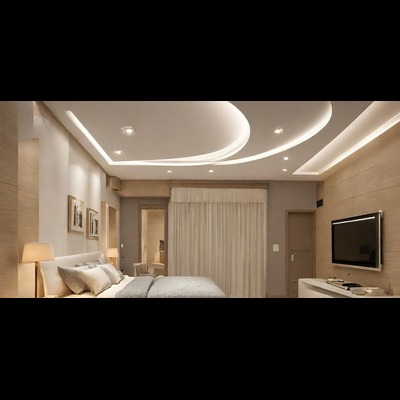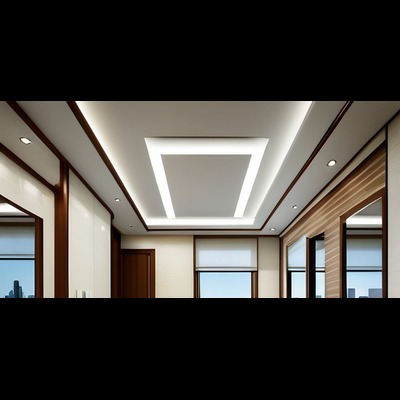Commercial Ceilings
Commercial ceilings play a crucial role in defining the aesthetic and functional aspects of various business and industrial environments. They are an essential element in the overall design of a space, influencing factors such as acoustics, lighting, and energy efficiency. Here's a detailed description of different types of commercial ceilings
What are Commercial Ceilings?
Commercial ceilings are specialized ceiling systems designed for business and industrial environments. They serve both aesthetic and functional purposes, enhancing the overall look of a space while providing benefits like improved acoustics, energy efficiency, and easy access to utilities. Common types include suspended (drop) ceilings, acoustic ceilings, metal ceilings, wood ceilings, gypsum ceilings, and exposed ceilings, each offering unique advantages such as noise reduction, fire resistance, durability, and design flexibility. These ceilings are integral to creating productive, safe, and visually appealing commercial spaces.
- Aesthetics: Customizable to match design preferences.
- Acoustics: Improve sound absorption, create comfortable environments.
- Energy Efficiency: Enhance lighting, better temperature control.
- Functionality: Easy maintenance, flexible for modifications./li>
- Safety: Fire-resistant materials, meet building codes.



Selecting the right type of commercial ceiling is essential for achieving the desired look, functionality, and performance of a space. Whether it's a modern office, a retail store, or an industrial facility, the ceiling design can significantly impact the environment's overall effectiveness and appeal. Careful consideration of materials, design, and installation can lead to a successful and satisfying

